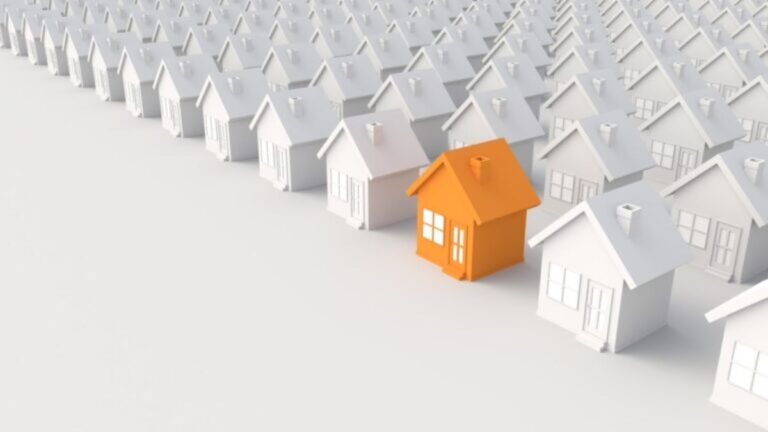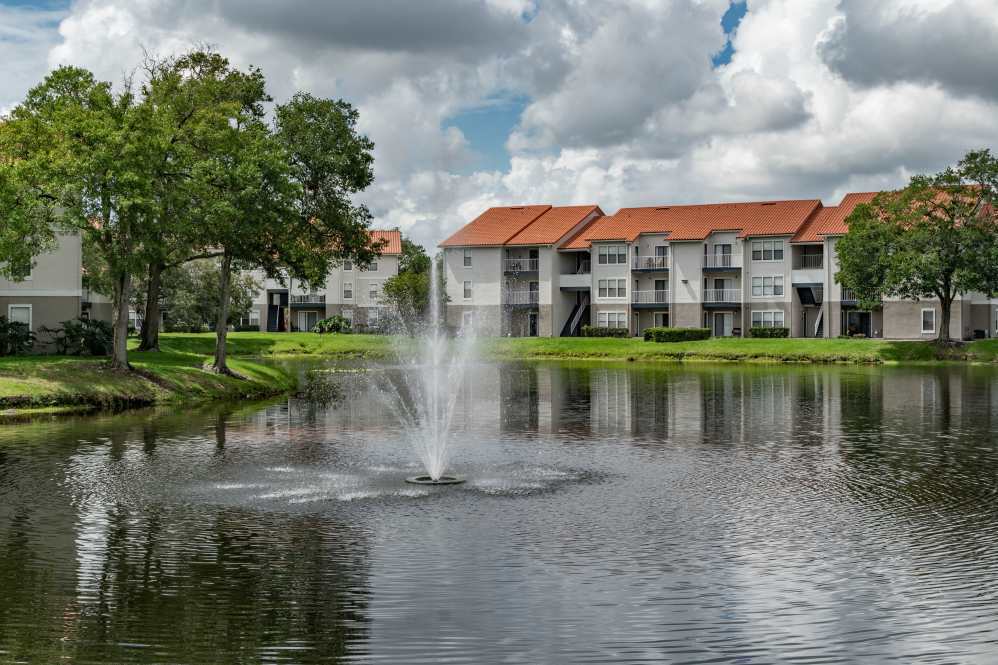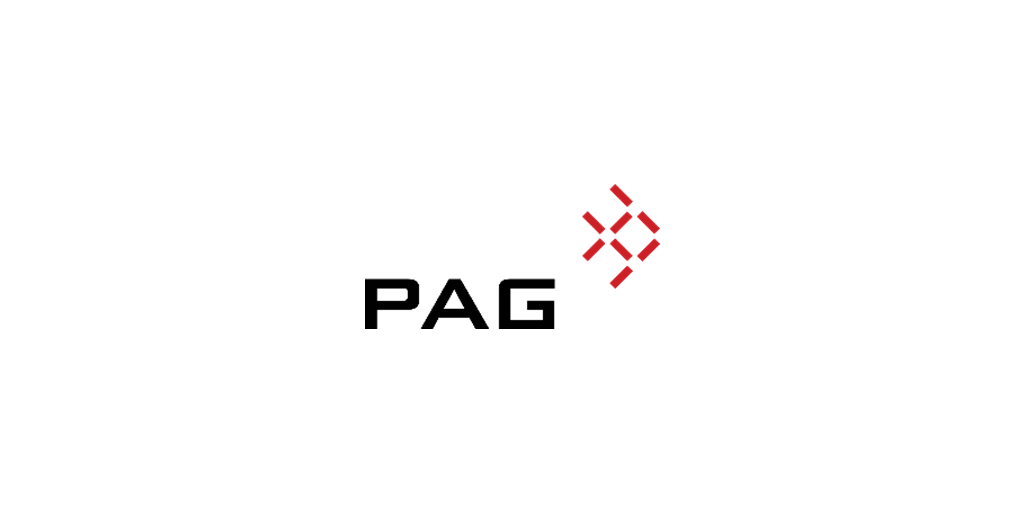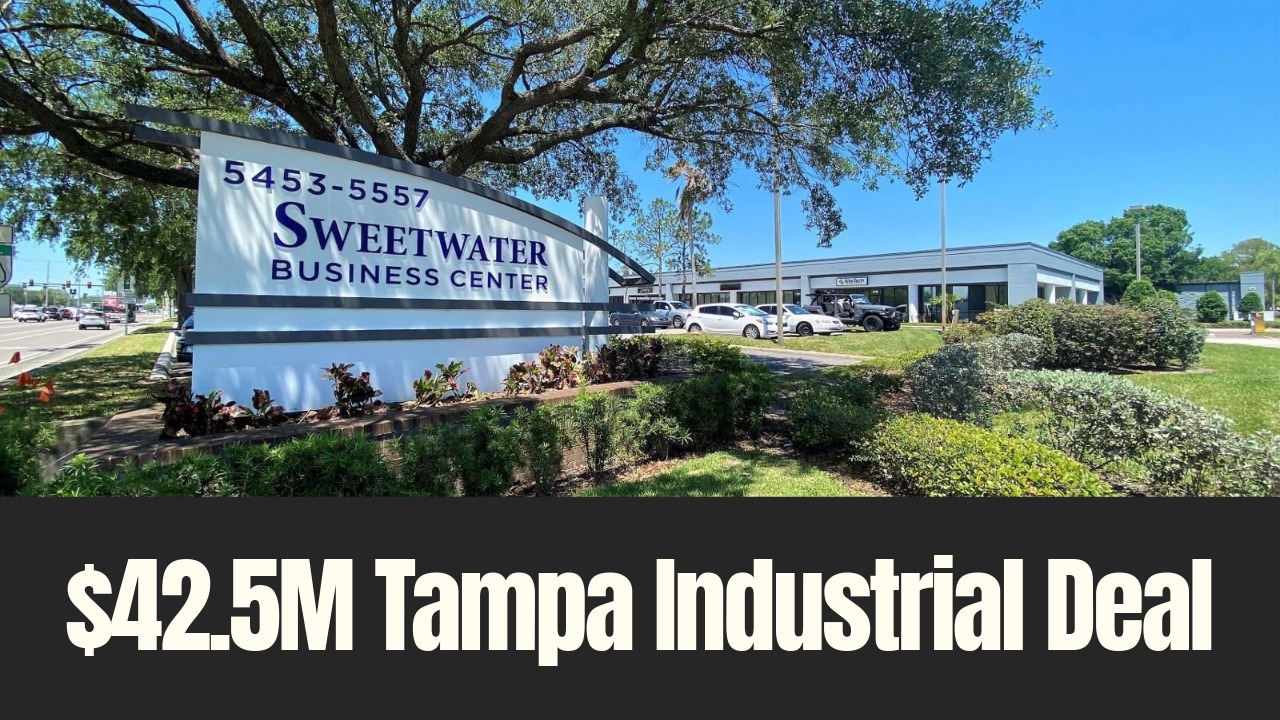T
he Rochester housing market is stuck in a perpetual loop, echoing the haunting refrain of The Godfather's deserted hospital scene. Realtors have been repeating a mantra for five years: "This is insane! There's never been a better market for sellers!" And they're right – with only 346 homes available for sale and hundreds of eager buyers on the hunt.
The numbers are staggering: in March 2017, there were 1,550 homes on the market. Today, that number has dwindled to just 200 under $200,000. Zillow predicts a 5.9% increase in Rochester home values this year, placing us sixth in the nation. But what's driving this growth? The answer lies in a perfect storm of factors.
Homeownership tenure is on the rise, with Americans staying put for an average of 10.5 years – up from six years in the early 2000s. This means fewer listings are hitting the market, but there's hope on the horizon: as baby boomers age and downsize, we can expect a slow increase in inventory by 2027 or 2028.
Aging in place is also contributing to the shortage. Improved healthcare, better home accessibility, and financial stability have allowed older homeowners to stay put longer. But to unlock this housing stock, we need to build alternatives that appeal to seniors – low-maintenance townhomes, single-floor condos, and walkable communities.
Mortgage rate lock-in is another factor holding back the market. Homeowners who refinanced into 2-3% mortgage rates have little incentive to trade them for today's higher rates. And with economic uncertainty on the horizon, it's hard to predict when – or if – rates will drop.
Equity is also playing a role: nearly 40% of Rochester homeowners are mortgage-free, giving them little reason to sell. This "stuck" inventory will only move when family or lifestyle demands it – a slow-moving dynamic that could contribute to increased inventory over time.
But the biggest challenge remains supply. Rochester has underbuilt since the Great Recession, issuing 18,000 fewer permits than needed. Outdated zoning laws and local resistance to new development are further exacerbating the issue. We need bold leadership to prioritize growth over NIMBYism – a decade or more of gridlock could be ahead if we don't act.
Construction costs aren't helping either: preparing a single building lot can exceed $50,000, and tariffs on steel and lumber are making it harder still. The way forward requires creative coordination: tax incentives, public-private partnerships, and philanthropic investment to expand supply in a way that serves the whole community.
Change won't come from one dramatic shift – it will emerge through smaller, steady movements: declining interest rates, loosening zoning laws, more seniors downsizing, targeted tax incentives, and more. Together, they point toward a future where Rochester's housing market may finally find its balance. But until then, that dissonant record will keep playing – unsettling, repetitive, and impossible to ignore.














